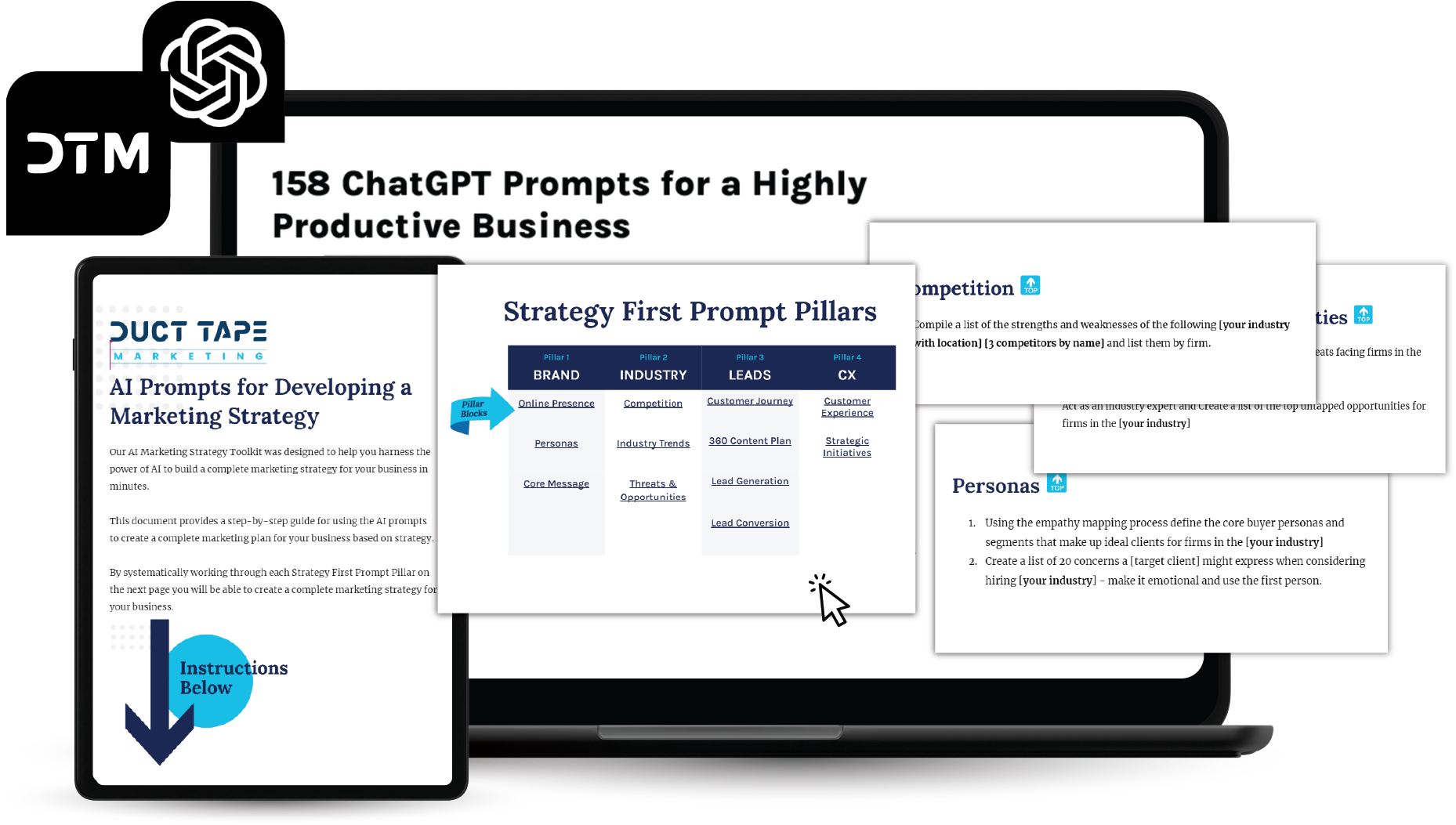Lots has been made of late about whether RSS is catching on with mainstream web surfers.
Depending upon who you listen to, only somewhere around 4-5% of Americans know what RSS is – even though they may consume content via this method everyday.
I am reading various theories and predictions about the future of RSS, and why it has not caught on in the main, all the while RSS publishers are experiencing huge subscribers gains from somewhere.
Here’s the deal. Stop worrying about what it’s called, what standard to use, what terms you employ when attempting to help your readers understand RSS and just use smart marketing principles to increase your readership
Biggest smart marketing principle when it comes to RSS?
Forget about the technology and make it easy for people to subscribe in a manner they already understand. Now, having said that, I’m not saying that you can’t cater to the “cutting edge tech crowd,” you can, but make sure that you also cater to the AOL, MSN, MyYahoo and “can’t you just send me an email” crowd.
You don’t do this by trying to convince someone that they “should” know that this ![]() is the de facto standard for an RSS feed. Maybe someday, but I doubt it,
is the de facto standard for an RSS feed. Maybe someday, but I doubt it, ![]() will mean something to everyone, but right now it says to some, “I’m a blog snob and this is the only way you can subscribe to my blog so, if you don’t know what this is then, go away.”
will mean something to everyone, but right now it says to some, “I’m a blog snob and this is the only way you can subscribe to my blog so, if you don’t know what this is then, go away.”
That’s like saying to a reader of an ad, we have this long-distance number and if you call sometime between 2 and 4 on Tuesday, we’ll take your order – would you ever do that? Lower the tech barrier to entry – give them an email contact, website, toll-free number and fax option to place their order!
Here’s my list of ways you should offer you readers access to your RSS feed. (Feel free to add more)
Auto-discovery (started with that one for all the tech people rolling their eyes up to this point) – Add a line of code like this in the head tag of your blog or anywhere else your RSS feed appears (post blog headlines on other web pages!) link rel="alternate" type="application/rss+xml" title="RSS" href="your feed URL" /When you do this Firefox users and IE7 users will be able to find and subscribe to your blog’s feed in their browser window.
Create a subscriber Center – Add links and buttons to your site that allow people to subscribe using  ,
, ![]() , and
, and  . These are tools that many of your readers are already using.
. These are tools that many of your readers are already using.
Let them subscribe via email – 4-5% knowingly subscribe to RSS – 100% use email – enough said.
Promote cross subscribing – If you already have an email list, encourage them to subscribe to your RSS feed. Marketing Sherpa has an interesting case study that explains how Travelocity searches its email database for Yahoo and MSN subscribers and then sends them an add to MyYahoo or add to MyMSN link to their RSS feed. They report that over 2/3 of the recipients subscribe. Now you have another access point for your message.

